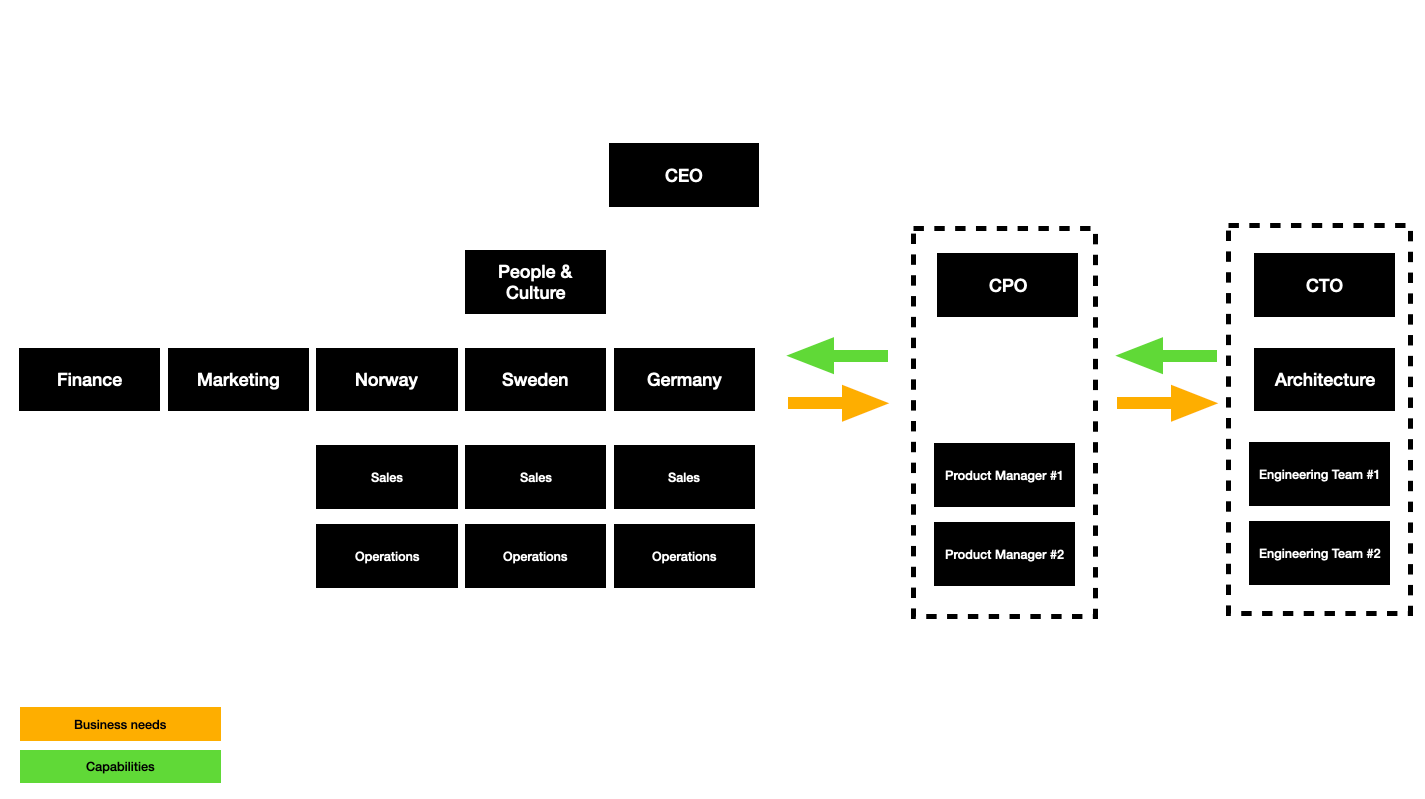Let me explain the value of product management by arguing why your company does not need it, until it suddenly does. I will use an example close to my heart: Elaway, a company I advised from its inception in 2019, where I started working as the chief product & technology officer in October 2021.
First, some context on Elaway
Elaway strives to make it easy for housing communities in Germany, Sweden, and Norway to install and operate car charging infrastructure at their parking facilities.
The way Elaway does that is:
By making it easy to understand what the charging infrastructure would cost, and when and how it would be installed
By organizing the installation through our trusted partners
By operating the charging infrastructure when it’s installed
By managing and invoicing users of the charging infrastructure
Elaway uses third-party and in-house proprietary products and technology to do the above efficiently. I manage the product and technology department at Elaway. So today, Elaway really(!) needs product management, but it did not at the beginning of 2019 and far into Elaway’s third year. Let me explain.
2019 - Elaway does not need product management
In the beginning, Elaway consisted of a small group of people eager to see if they could sell, install, and operate charging infrastructure in a small part of Norway. They used Excel sheets, e-mail, telephone, and a third-party CPMS (the software that operates chargers in the field).
At this point, everyone in the company did product management in Elaway. They worked closely together, and business needs and their capabilities to deliver on those needs arose and were dealt with organically.
2020 - Elaway still does not need product management
In 2020, outside engineering resources were hired to help connect events between third-party software so that the people working in Elaway could do more with less.
Everyone in Elaway still did product management. They worked closely together. Business needs and the outside engineering capability to deliver on those needs were aligned with outside resources through ad-hoc meetings and workshops.
2021 - Elaway suddenly(!) needs product management
In 2021, Elaway had become one of the dominant players in its industry in Norway. In 2021, Elaway also increased the size of its engineering department, giving Elaway the possibility to explore more solutions to its problems than before.
The increase in organizational complexity effectively created silos and made it practically impossible for everyone ‘to work closely together.’ This created a scenario where different teams and people initiated different projects. Some made-up examples, but close to reality:
The Marketing team had meetings with their favorite engineer and charmed her into solving their problem with SEO.
The Sales team in Sweden took their favorite engineer out to dinner in Stockholm, convincing him to solve their CRM problem.
The CEO wanted some changes made to Elaway.io, so he worked closely with the newly employed front-end engineer, implementing a brand new and, by his measures, beautiful site menu.
Since no one had the mandate to prioritize engineering resources, some markets, departments, and individual contributors solved their problems, while others did not, not really knowing why. Unfortunately, the problems solved were solved without assessing their potential business impact before being solved and without measuring the results after being solved.
Elaway solved many problems in 2021, but Elaway did not know which had the highest business impact. At this point, it made a lot of sense to assign that mandate to prioritize engineering resources to someone in Elaway, which Elaway did.
2022 - Product management is introduced into Elaway
Today, Elaway looks almost as visualized above. Product managers in Elaway work across three markets and nine different departments.
The first responsibility of the product manager is being the translator
The product managers in Elaway act as a diplomatic layer that translates engineering capabilities into potential business impact. Helping the company's business side understand what problems engineering can help them solve.
The second responsibility of the product manager is being the negotiator
After translating engineering capabilities into business impact, product managers negotiate with markets, departments, and individual contributors to ensure the hours Elaway spends on engineering are spent where they bring the most value to the company. Not the individual markets and or departments.
Let me repeat my point (I'll even make it a quote)
By translating and negotiating, product managers in Elaway make sure the precious hours we spend on engineering are spent where they bring the most value to the company. Not to the individual markets and or departments.
That is the value of product management in Elaway. Not coming up with great new ideas, not helping design great UX, not attending Slush, but to make sure that the resources Elaway has to build are spent on building the right things. And that is hard. I know. I have failed at it a lot.





Good post! Do you assign ‘pods’ to PMs? Like X devs, Y designers per PM and this PM only ever works with this pod. Or is it more fluid?